Blade Runner (1982) Movie Ending Explained: Ridley Scott’s “Blade Runner” (1982) is loosely based on the great American sci-fi author Philip K Dick’s 1968 novel “Do Androids Dream of Electric Sheep?” While the novel unfolds as a satire, the movie is a neo-noir, whose mise en scene of the neon-lit urban wasteland profoundly influenced the cyberpunk subgenre. But at its core, the dystopian tale raises a most significant question: What does it mean to be human? Scott’s “Blade Runner” explores the themes of transhumanism, AI, memories, and ecological collapse through uncanny and eerie atmospheric visuals that have aged pretty well.
Blade Runner’s spectacular visuals derive some inspiration from Fritz Lang’s foundational sci-fi classic, “Metropolis” (1927). However, Scott’s film and Jordan Cronenweth’s cinematography influenced modern sci-fi filmmaking in many ways. “Ghost in the Shell,” “The Matrix,” and Nolan’s Batman Trilogy are some of the films whose filmmakers openly acknowledge the perennial influence of Blade Runner’s aesthetics. The cold, intimidating, and technologically advanced architecture of futuristic Los Angeles evokes a sort of melancholy for things lost.
Recommended Read: 12 Monkeys (1995) Movie Ending, Explained & Themes Analyzed
Written by Hampton Fancher and David Webb Peoples, “Blade Runner” (1982) endured many production difficulties. Ridley Scott’s commitment to realizing his vision led to his demand for script rewrites, shooting over the budget and behind schedule. For British filmmaker Ridley Scott, “Blade Runner” was only the second major American film after “Alien” (1979), and he couldn’t establish easy working dynamics with the predominantly American crew. After overcoming a few more hurdles in the post-production, “Blade Runner” (1982) received mixed critical reception and an underwhelming box office performance.
Over the years, with new generations of viewers, “Blade Runner” (1982) became a cult film of sorts. Those seeking edgy and cerebral sci-fi cinema embraced the seminal imagery and thematic depths. Thirty-five years after the release of Scott’s “Blade Runner,” Denis Villeneuve made an organically developed sequel, further exploring humanity’s survival in the hyper-capitalist dystopia. Unfortunately, “Blade Runner 2049” was also unprofitable like its predecessor. Nevertheless, the “Blade Runner” movies offer one of the most impressive world-building in cinema and raise philosophical questions through highly entertaining drama.
Now, let’s delve into this world of gigantic holographic adverts and damp neon-drenched streets as bioengineered humanoids and a bounty hunter undergo a transformative journey. Spoilers ahead.
Blade Runner (1982) Plot Explained:
Who are Replicants and Blade Runners?
“Blade Runner” (1982) is set in 2019 in Los Angeles – a darkened megalopolis where the sun doesn’t shine and even the last vestiges of nature are absent. The film opens with a panoramic shot of the skyscrapers-filled landscape. Fires belch out of oil refineries, cars fly, and giant electronic billboards light up the city’s skyline. To combat the overpopulation, humans are moving to off-world colonies that promise fresh opportunities. Sentient artificial humans are created for the purpose of slave labor in those space colonies. These genetically engineered humans are known as ‘Replicants.’ The all-powerful Tyrell Corporation, which has triggered the robot evolution, advertises its replicants as ‘more human than human.’
Although replicants are known for their superhuman strength and agility, their lifespan is deliberately diminished to four years. Tyrell’s genetic engineers are particularly proud of the Nexus 6 replicants, which also match their creators in terms of intelligence and emotional response. But when the Nexus 6 replicants stage a mutiny in an off-world colony, they are declared illegal on Earth. Blade Runners are special police squads created with the sole purpose of ‘retiring’ the hiding or trespassing replicants. In order to distinguish replicants from humans, the Voight-Kampff empathy test is administered. The machine focuses on the subject’s iris, measuring the emotional responses from the involuntary fluctuations.
Why does the police captain call for Rick Deckard?
When “Blade Runner” opens, an LAPD Blade Runner, Dave Holden, is all set to administer the test on Tyrell Corporation employee Leon (Brion James). Holden’s attempts to provoke Leon’s emotional responses through the hypothetical questions don’t go well. Holden is shot after he asks the second question. Leon has a concealed handgun under the table pointed at the Blade Runner. Then, we are introduced to the protagonist, Rick Deckard (Harrison Ford), an ex-cop and ex-blade runner. The multi-ethnic city streets are dreary and congested with incessant acid rainfalls, and crowds walk with glowing umbrella handles. The blimps circling the city eschew catchy phrases for a sophisticated life in the off-world colonies.
There’s not much relief for Deckard, though. Just as he is about to have his noodles, Deckard is detained by the origami-making Officer Gaff (Edward James Olmos). He is brought to the LAPD headquarters in the spinner (flying car) to meet Deckard’s former boss, Bryant (Emmet Walsh). Bryant asks Deckard to track down the murderous ‘skinjobs’ (slang word for Nexus 6 replicants) and mildly threatens him when Deckard tries to leave. Since Holden is incapacitated, Bryant wants to give the job to his next best man. Subsequently, they watch a video of Holden subjecting Leon to the Voight-Kampfff test.
Deckard visits Dr. Eldon Tyrell
Bryant informs that Leon is one of the six Nexus 6 replicants (three male and three female) who had escaped an off-world colony a few weeks earlier. They killed twenty-three people before hijacking a space shuttle. Three nights before, when the replicants tried to break into Tyrell Corporation, two were killed. There’s a question of why the replicants risked their already minimal life span by returning to Earth and breaking into Tyrell Corporation. But, Deckard’s job is not to investigate the motive but to simply ‘retire’ them. The four surviving replicants apart from Leon are Roy Batty (Rutger Hauer), Zhora (Joanna Cassidy), and Pris (Daryl Hannah).
To learn more about the Nexus 6 replicants, Deckard decides to visit Dr. Eldon Tyrell (Joe Turkel) in his pyramidal tower penthouse. In the vast office, bathed in yellowish-hue, Deckard first meets Tyrell’s secretary/assistant, Rachael (Sean Young). Then, the CEO of Tyrell Corporation asks Deckard to administer the Voight-Kampff test on Rachael. He wants to see the test fail on a human. After a long test, Deckard privately tells Tyrell that Rachael is a replicant. Tyrell says Racahel is a new form of experiment that is embedded with implanted memories. Since replicants are emotionally inexperienced, Tyrell thinks giving them a semblance of a past would help humans control them. But Rachael believes she is a human.
Who is J.F. Sebastian?
Later, Deckard searches Leon’s hotel room. He finds some photos and a scale from an animal’s skin. Subsequently, we see Leon meeting Roy Batty. Together, they visit an Eye Works manufacturing facility, supervised by replicant eye engineer Chew (James Hong). The William Blake-quoting Roy Batty intimidates Chew into learning how to get close to Eldon Tyrell. Chew offers the name J.F. Sebastian (William Sanderson), a genius genetic designer closely associated with Tyrell. When Deckard returns home, he sees Rachael waiting for him. Having overheard Deckard’s conversation with Tyrell, Rachael tries to prove that she is human by showing her family photos.
But Deckard narrates childhood memories of Rachael and expresses that these are implanted memories, perhaps belonging to Tyrell’s niece. Rachael is devastated upon hearing this, and she immediately leaves the apartment. Meanwhile, Pris, the pleasure model replicant, as advised by her lover Roy Batty, befriends Sebastian and enters his derelict apartment building. The lonely Sebastian sympathizes with Pris’ childlike innocence. The twenty-five-year-old Sebastian is afflicted with Methuselah Syndrome, which causes premature aging. It’s the reason why he is not allowed to emigrate to off-world colonies, unlike the other apartment dwellers.
What does Deckard find in Leon’s photos?
To seek relief from the loneliness, Sebastian makes realistic, humanlike toys that provide him companionship. Though Pris is visiting Sebastian with an ulterior motive, Sebastian is glad to find an acquaintance. Pris introduces herself as a homeless orphan but conveys that she will tell her friends where she is staying. At his home, Deckard examines the photos he took from Leon’s room. He scans a specific photo and uses a photo enhancer to find any clues hidden within the picture. A mirror image in the photo shows a glimpse of a sleeping woman with a snake tattoo on her left cheek.
Deckard leaves his apartment with a hard copy of the photo. In “Blade Runner,” universe most animals are extinct. So, there are businesses that create synthetic animals. Deckard visits a section of the city specializing in manufacturing such artificial animals. A woman examines the animal skin scale Deckard retrieved from Leon’s room. She says it belongs to an artificial snake scale and points to Abdul Ben-Hassan, who specializes in snake replicants. With the information extracted from the Egyptian snake manufacturer, Deckard reaches a grimy downtown nightclub.
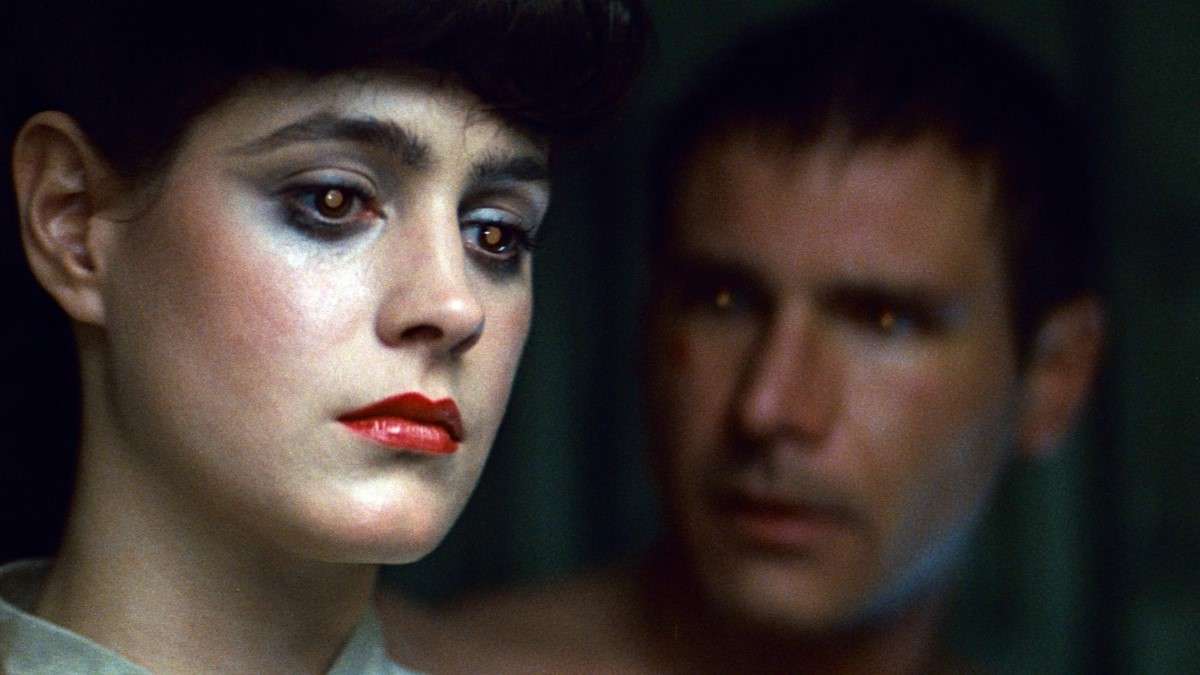
Rachael saves Rick Deckard
There, he comes across a snake dance performer, Miss Salome, who is none other than Zhora. Deckard meets her in the dressing room, but sensing that he presents a threat, Zhora attacks him and runs away into the congested city streets. Deckard eventually shoots the scared female replicant. Zhora is shot twice in the back, and she runs through a glass display on a storefront that’s surrounded by mannequins. It emphasizes how Zhora looks more like humans than mannequins, and her death feels like ‘killing’ than ‘retiring.’
Leon witnesses Zhora’s death from a distance. After the shooting, Deckard goes for a drink to quell the ‘shakes.’ From this and his later conversation with Rachael, it’s apparent that Deckard doesn’t perceive ‘retiring’ replicants as routine work. Perhaps the emotional toll it takes is why he left the job in the first place. Bryant congratulates Deckard for a job done well. When Bryant says there are still four more replicants at large, Deckard corrects him by saying there are only three. To his dismay, Bryant asks Deckard to ‘retire’ Rachael since she has now disappeared.
While returning home, Deckard is suddenly attacked by Leon. Deckard’s gun is knocked out of his hands. Just when it feels like a human is no match for a replicant’s strength, Rachael fatally shoots Leon using Deckard’s blaster. Back at Deckard’s apartment, he assures Rachael that he won’t hunt her down. But he warns her that somebody else will come after her. Later, Deckard sits next to her and admires her piano-playing skills. Her closeness also makes Deckard recognize her humanness, which further triggers his sexual desire. Rachael panics after his forceful kissing. But she quickly learns to reciprocate the love in a tender and sensual scene.
How does Roy Batty meet his Maker?
Roy Batty arrives at Sebastian’s apartment complex. He tells Pris that their two fellow replicants are dead. Soon, Sebastian comprehends that his guests are Nexus 6 replicants. He says Roy and Pris suffer from something akin to his genetic defect. But unlike Sebastian, the replicants believe they have a chance to expand their life span. They manipulate Sebastian’s sympathy for Pris to take Roy to meet Eldon Tyrell. Upon learning that Sebastian is Dr. Tyrell’s chess partner, he concocts a plan to have an in-person meeting. Later, Sebastian and Roy take an elevator to Dr. Tyrell’s penthouse in the pyramidal Tyrell building. When Tyrell is notified of Sebastian’s arrival, he inquires about the purpose of his visit.
Sebastian uses the chess game as a means to get inside Tyrell’s penthouse. With the help of Roy, Sebastian cleverly check-mates Tyrell. Since Tyrell has rarely lost a chess game, he feels compelled to invite Sebastian. Tyrell sees that Sebastian has come with a companion. Interestingly, Tyrell seems to have long anticipated Roy’s arrival. Roy asks for more life from his maker. But despite Roy’s pointed questions and suggestions, Tyrell says it’s impossible. Roy holds contempt for his creator for endowing replicants with such superior strength, intelligence, and ability to develop emotions and yet turn them into enslaved people with a short life span.
Roy says he has done ‘questionable’ things and has led a hellish life, but Tyrell smugly asks Roy to be grateful that he was created to be extraordinary. A distraught prodigal son kisses his father and, using all his strength gouges Tyrell’s eyes and crushes his skull. A panic-ridden Sebastian tries to run away. But Roy kills him (off the screen) before apologizing for what he is about to do.
Blade Runner (1982) Movie Ending Explained:
The cat-and-mouse game between Roy and Deckard
Upon hearing the news of Tyrell and Sebastian’s murder, Deckard is asked to go to Sebastian’s apartment and check. Deckard tries calling Sebastian using the car’s Vid-Phon. Pris answers the call and abruptly cuts it. Subsequently, Deckard pulls in front of Sebastian’s apartment, his gun drawn. Anticipating his arrival, Pris wears a veil and sits stiffly among Sebastian’s toys. When Deckard tries to examine her by removing the veil, she kicks him and uses her acrobatic prowess to strangle him. But as Pris tries to attack Deckard with her cartwheels, he draws the blaster and shoots her in the stomach. Pris falls to the floor, flailing in agony, and it takes two more shots to make her silent.
Roy arrives at the apartment in the elevator. He is deeply saddened by Pris’ death and tenderly kisses her corpse. Deckard’s attempts to ambush Roy don’t work, as the replicant, with quick reflexes, outmaneuvers Deckard. Roy grabs Deckard’s hands by punching through the wall. He breaks two of Deckard’s fingers for the killing of his two friends. Then, Roy returns the gun to Deckard and says he will start hunting Deckard in a few seconds. Unable to shoot accurately with his left hand, Deckard tries to leave the dilapidated apartment. But Roy keeps chasing and taunting him. Eventually, Deckard ends up on the roof.
Roy delivers a poignant soliloquy
When Roy follows him, Deckard tries to leap to the adjacent roof. He fails and precariously clings to a girder. Though Roy’s own life is waning, he wants to make a point to the blade runner before his death. Holding a white dove in his hand, Roy easily jumps to the adjacent roof. He looks down at Deckard and says, “Quite an experience to live in fear, isn’t it? That’s what it means to be a slave.” As Deckard loses his hold on the girder, Roy pulls him up and safely leaves him on the roof. This is the second time a replicant saves Deckard’s life.
An iconic monologue follows as Roy, with rain streaming down his face, powerfully recalls his own memories that will be lost with his death, like ‘tears in rain.’ Strangely, we empathize with Roy – the chief antagonist – in his dying moments. Despite killing many, Roy develops feelings of love and compassion and embraces death with a half-smile. The dove is released from his hands. The symbol of peace and the incessant rain signifies a redemption of sorts for Roy Batty. Deckard is also stunned by Roy’s final act, and soon, his thoughts are interrupted by a police spinner.
Did Gaff allow Deckard and Rachael to escape?
Gaff compliments Deckard for finishing the job. He also cryptically mentions about Rachael. Soon, Deckard reaches his apartment to find Rachael peacefully sleeping. He tenderly wakes her up and expresses his love for her. Deckard cautiously moves Rachael out of his apartment and into the elevator. As Rachael walks towards the elevator, she knocks down an origami figure of a unicorn, most probably made by Gaff. Deckard understands that Gaff has been to the apartment and yet has given them the time to run away. He recalls Gaff’s final words to him, “It’s too bad she won’t live. But then again, who does?” Since Rachael has only a short life span, Gaff might have found no harm in letting a benevolent replicant live those few years. Deckard joins Rachael in the elevator and begins their journey to escape from the law.
The ambiguity regarding Deckard’s identity
The unicorn origami also raises an important question that has plagued fans for decades: Is Deckard a replicant? Earlier in the movie, Deckard is seen having a reverie involving a unicorn. Just like Deckard speaks of Rachael’s implanted childhood memory, the unicorn dream sequence makes us wonder if it’s an implanted memory. The unicorn origami may be Gaff letting Deckard know he knows about Deckard’s true identity. If Deckard is a replicant, does he have a limited lifespan? In the happy ending of “Blade Runner,” which goes beyond the Final Cut version, Deckard emphasizes that Rachael is a special replicant with no pre-set termination date. In that way, she is indeed more human than human.
Is Deckard one of Tyrell’s experimental special replicants, too? When Rachael visits Deckard’s apartment the second time, she inquires whether he has ever administered the Voight-Kempff test to himself. We don’t know if Deckard even heard Rachael’s query, as an exhausted Deckard quickly falls asleep. The Final Cut of “Blade Runner” maintains an ambiguity over Deckard’s identity, and casting doubt over the protagonist’s identity is pivotal to the film’s central question: what does it mean to be a human?
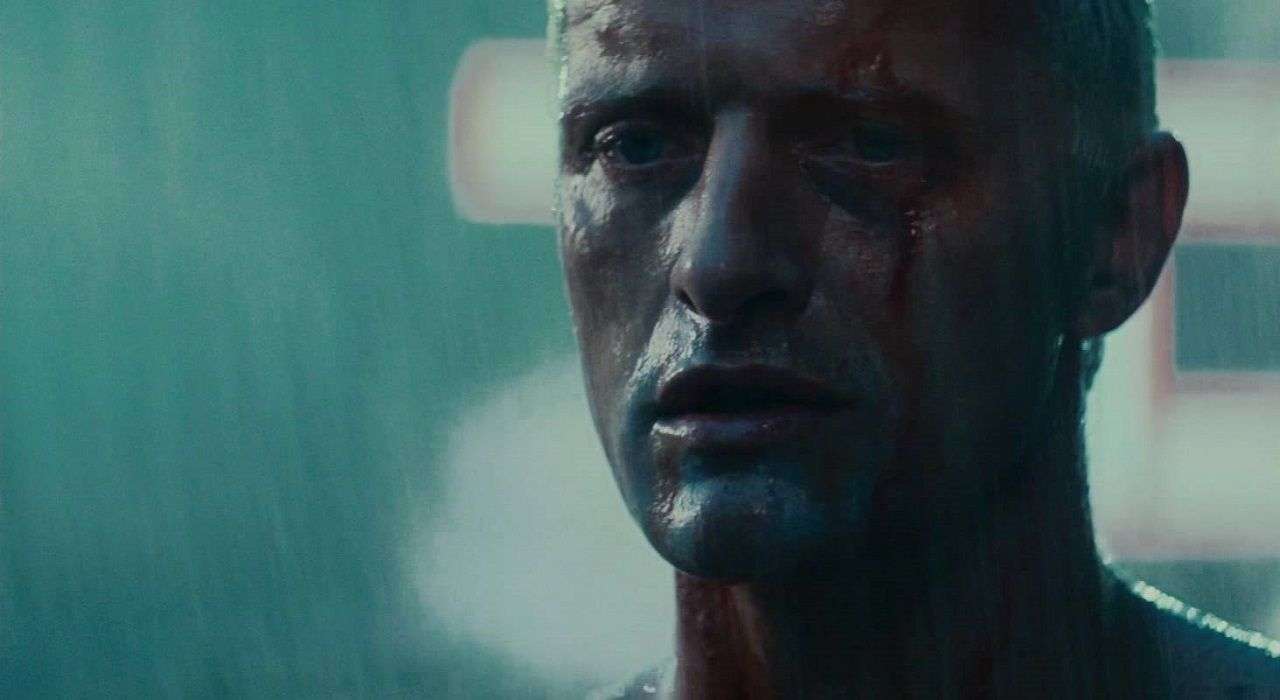
Blade Runner (1982) Themes Analyzed:
Humanity in Corporatocracy
Replicants are not typical evil beings, as in “The Terminator” or “The Matrix.” They are bioengineered individuals almost indistinguishable from their human counterparts, complicating the conventional Artificial Intelligence discourse. Roy Batty is first introduced as a killing machine. However, over the course of the narrative, he displays a range of emotions and expresses his innermost conflicts through poetic thoughts. He perfectly fits Tyrell Corporation’s motto: “More human than human.” Yet, Dr. Eldon Tyrell and the entire human society dismiss replicants as mere products useful for slave labor. Words like ‘skinjobs’ and‘ retirement’ are casually thrown to indoctrinate a society in undermining the replicants’ consciousness and humanity. The politicization of language to normalize and commodify certain behaviors is intrinsic to human civilization.
Dr. Eldon Tyrell’s apathetic attitude towards Rachael and Roy reflects the nature of corporatocracy. Moral short-sightedness and lack of foresight are typical among billionaire entrepreneurs, who suffer from some sort of ‘God Complex,’ as they are often wilfully ignorant about the repercussions of their advanced creations. These influential individuals or organizations can delude us with visions of development and progress while efficiently controlling the masses. Niander Wallace in “Blade Runner 2049” is only a more duplicitous figure than Tyrell, as he loves playing a cruel god to achieve his goals.
Reality and Perception
Blade Runner’s central question of what makes us human can be answered through how its characters (humans or replicants) perceive the inequalities and cruelties that run rampant in society. In that way, despite being a killer, Roy Batty seems more human than Eldon Tyrell. He is well aware of the brutalities humans are capable of in order to sustain their survival and sophistication. Roy is perceptive about our societal hierarchies since he has seen everything from the lowest rungs of society. Though Roy has a short life span and doesn’t have the ‘cushion’ of memory, he has his perception (on two occasions, Roy speaks of the things he has seen) that constructs his reality and drives his actions.
Rachael, who eventually forms a bond with Deckard and overcomes her existential crisis, looks more human than the police captain, Bryant. Eyes are one of the most important recurring motifs in “Blade Runner.” We consider eyes to be ‘windows to the soul.’ Eyes will unconsciously reveal emotion. That’s why the Voight-Kampff test focuses on the subject’s iris to gauge the empathic capabilities. Yet the narrative challenges our perceptions since the test can only offer to distinguish humans from replicants.
Read More: Blade Runner 2049 (2017) Movie Ending Explained: Who is the Replicant’s Child?
It can’t explain Rachael’s valid emotional response (it takes many more questions than the standard number to establish her as a replicant) and Roy’s cognizance, desire for freedom, and more life. Furthermore, we are constantly made aware of how the characters in “Blade Runner” perceive their world. For many like Bryant or Leon, it’s simply ‘us vs. them.’ When Deckard shoots Zhora, her death elicits sympathy, and even for Deckard, it doesn’t feel like he has ‘retired’ a replicant. The same sympathy extends to Pris and Roy after their deaths.
Though a blade runner is the protagonist, Deckard only becomes a hero when he stops being a cog in the oppressive corporatocracy. Deckard sees his reality, and his perception changes with the bond he shares with Rachael and through Roy’s final gesture. Eventually, Deckard tries to redeem himself and reconnect with his humanness.



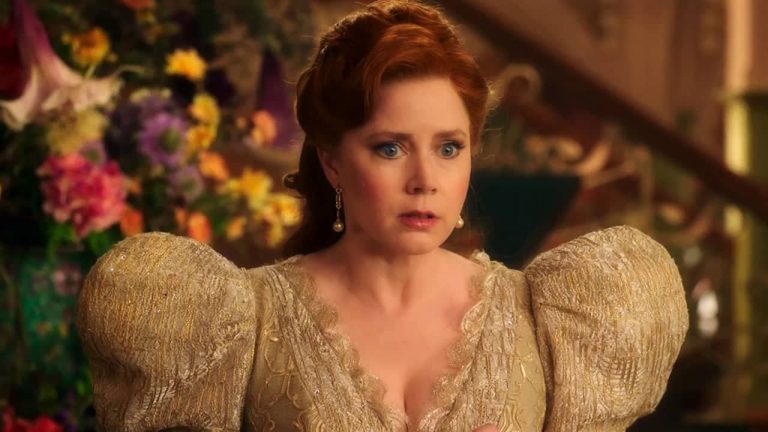
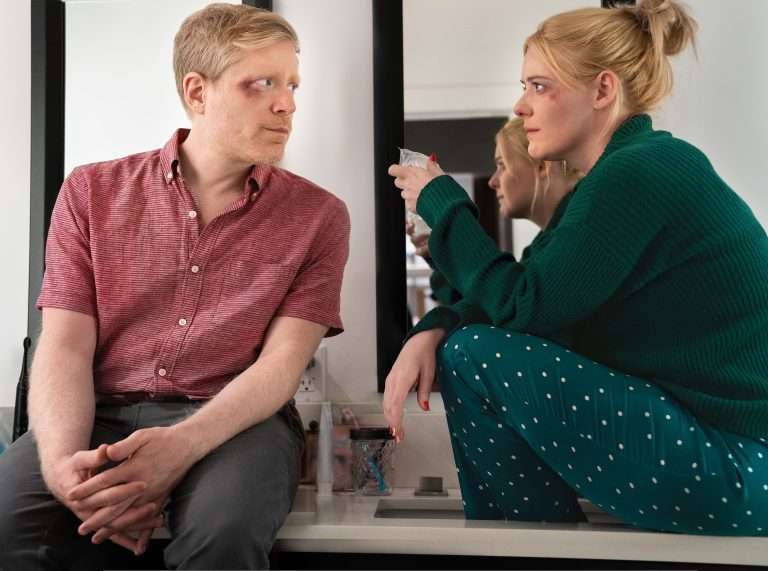

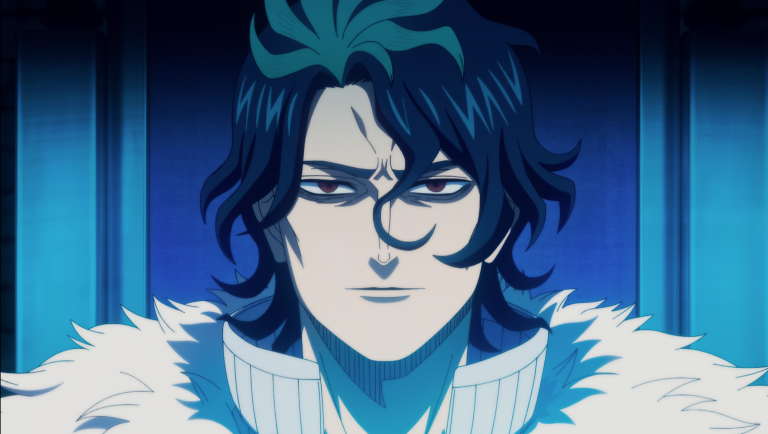
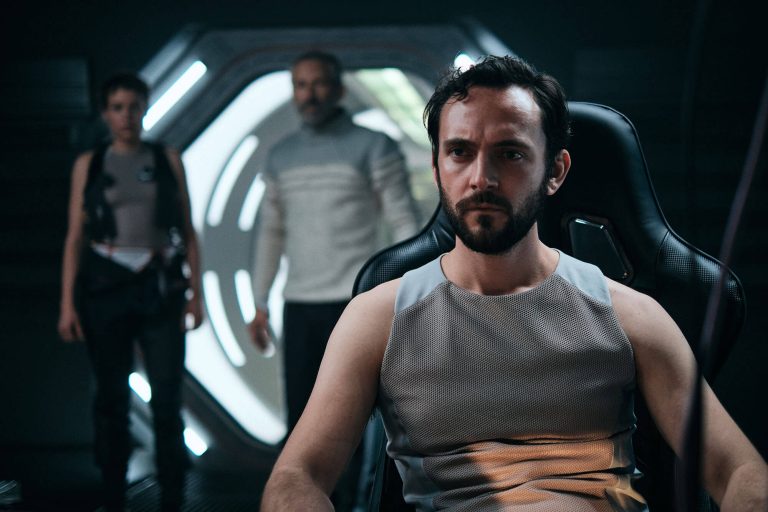
![Wind River [2017]: Sundance Film Festival Review](https://79468c92.delivery.rocketcdn.me/wp-content/uploads/2017/01/WInd-River-768x466.jpg)